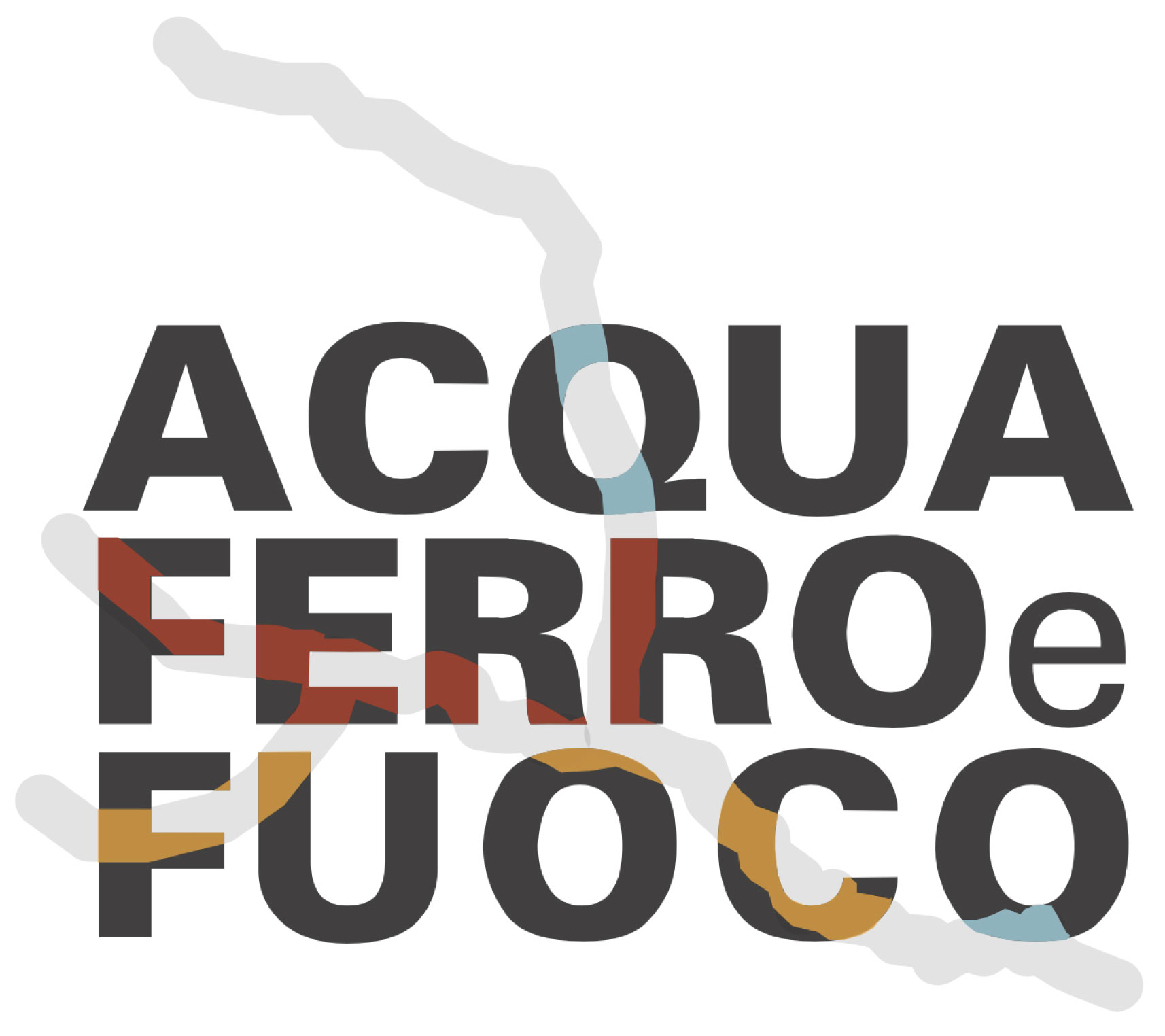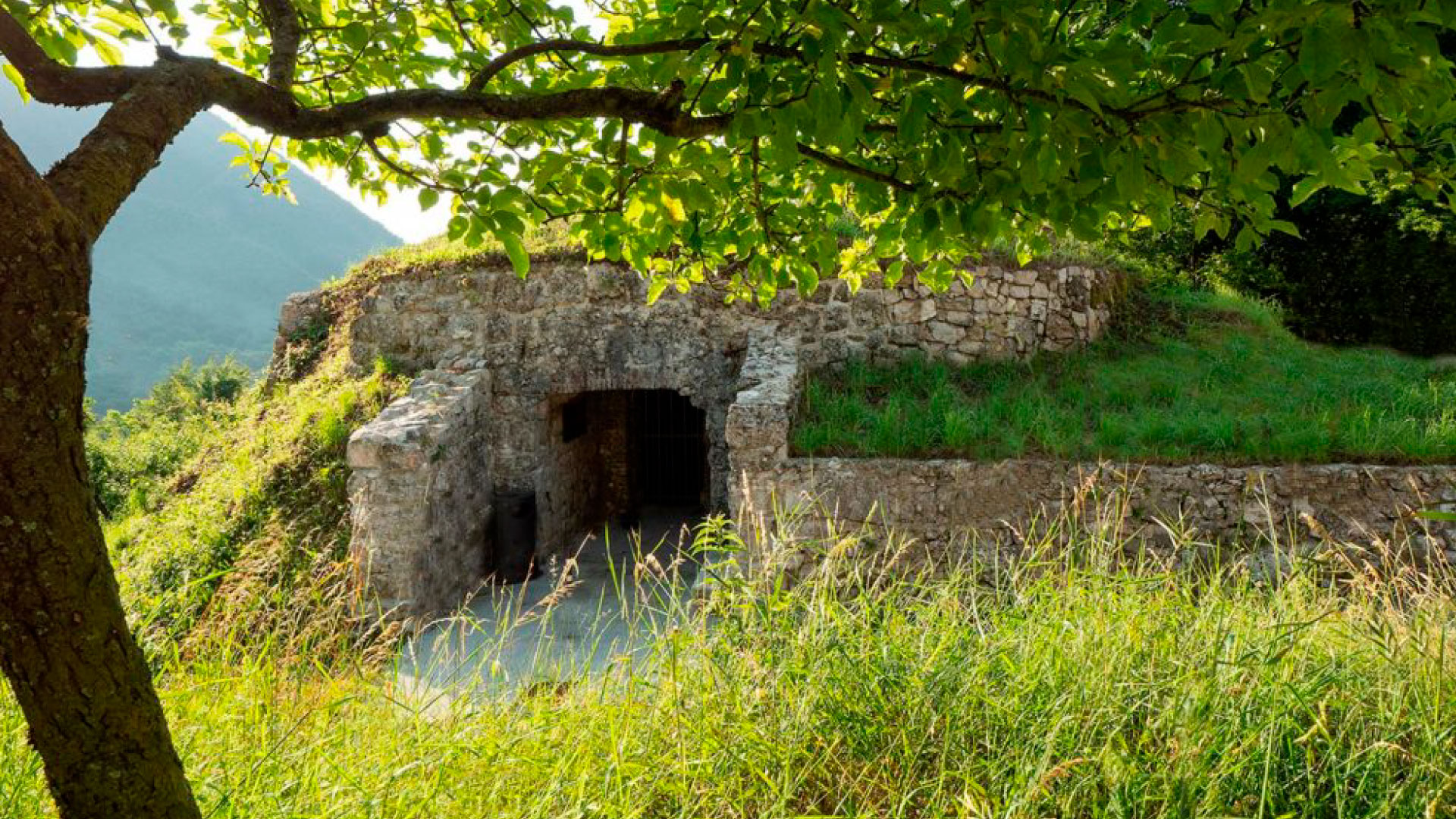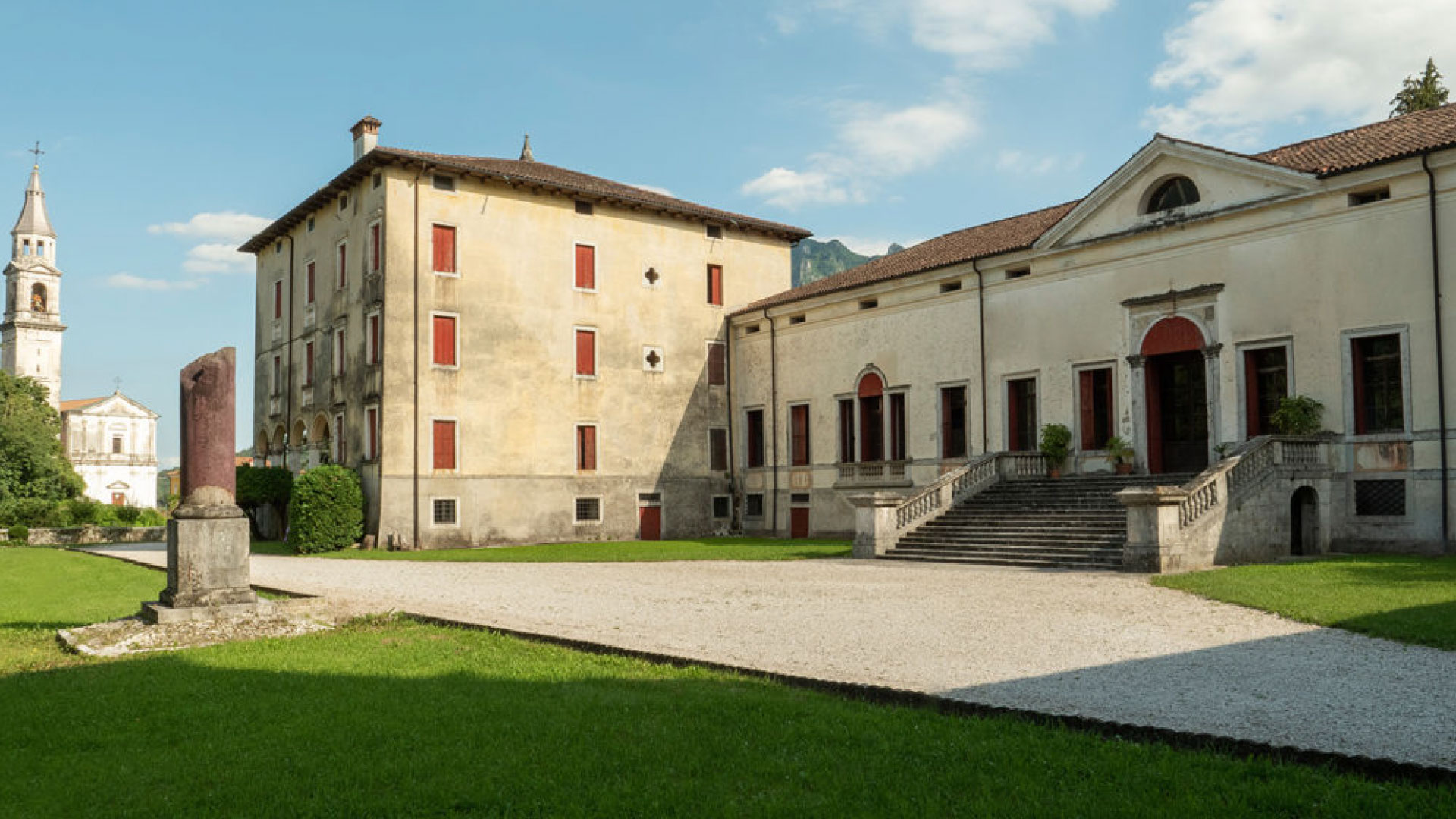The ancient origins of this district are the stuff of legend. It is believed to have been founded by three brothers who had fled their hometown of Gallio after committing crimes unknown. They found refuge on a small plateau 600 m above sea level swathed in a thick forest of beech, hornbeam and oak under Venetian jurisdiction. There is some truth to this story, as Francesco Caldogno, Superintendent of the Vicenza border since 1600, spoke of men from Folgaria who had been authorised to manage Melegnon’s woods and pastures and to seek minerals, which allegedly abounded in the ground and rocks. He mentioned a promising low-altitude gold mine, fairly close to the Astico and not far from Posta. The remains of a place called Lezz are believed to lie in this location. Permission to mine was needed from the family of counts Velo, who often granted it to outsiders, especially from Altopiano dei Sette Comuni. This is a potential link with the legendary brothers from Gallio.
The population of Montepiano grew fairly rapidly and divided into two clans: the Moretti, who expanded towards the mountain; and the Frangini, who spread towards the Astico, where they joined two other families, the Dall’Olio and the Tamburinaro, who were long-time inhabitants and German-speakers. Together they founded the district of Posta. Montepiano was the last settlement in Val d’Astico to stop speaking German, although 90% of its placenames are still Germanic. Montepiano became Posta’s first parish, with the first church being built here in the early 17th century to assist the religious life of this remote district; the parish of Brancafora was far away and under Austrian rule. Montepiano had two old votive capitals: the one in the centre of the village was completely destroyed during World War I; the one on the road for Tamburinari still stands. Both were dedicated to Saint George. In the 1960s, the first stone of a Gothic-style Alpine church dedicated to Saint Stephen was laid. Completed thanks to generous donations by its parishioners, its inauguration on 10 August 1965 was attended by the bishop, other religious and civic figures, and a large crowd of celebrators.
Sources:
I Lastarolli, Lorenzo Munari, La Serenissima, 2002.













